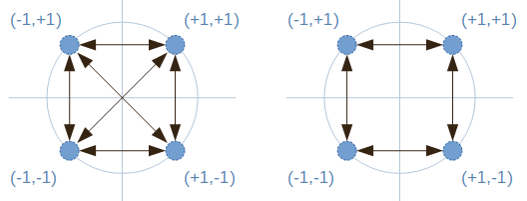DIY Audio Equalizer Developed and Written by Gabriel Dantas. This article was written by a beginner for beginners in electronics. My name is Gabriel, and I am studying Electrical Engineering at the University of Brasilia (currently in my fifth semester). The objective is to share my learning process and mistakes while building a cheap, simple […]









